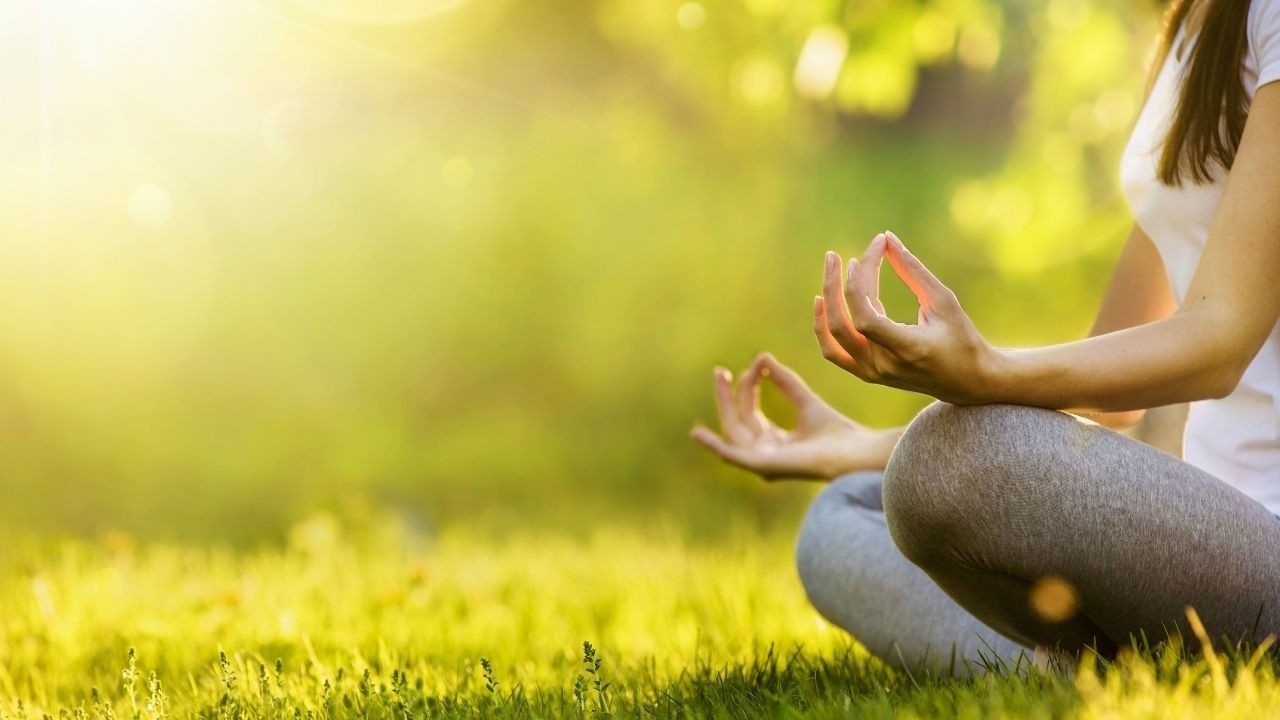Hey Wait, What the Heck is Kundalini Yoga Anyway?
May 13, 2018
If you haven’t yet checked out Kundalini you are in for a treat! Now is the time and….
Here is what you should know!
Warning! If you get to the end of class and feel completely blissed out but don’t know what just happened, well, that’s the Kundalini effect.
You should be aware that this practice will reset your nervous system, which means symptoms of anxiety, depression, nervousness and reactivity will lessen and you should experience an increasing sense of calm...desperately needed in today’s world. Amazing right?
Kundalini yoga powerfully combines the full spectrum of yogic tools—mantra (sacred sound), asana (posture), mudra (hand position), bandha (body lock), meditation (mindful focus), and pranayama (breathing technique). You will feel the impact in your first class.
Because there are many elements and rituals in the practice it can be helpful to have an idea of what to expect.
So…….
1. You will chant.
Mantras are used extensively in Kundalini yoga. Mantras are sacred sounds used both for their meaning as well as the vibration of sound they create in the body. These specific sounds, vibrations and frequencies heal the body.
You will chant at the start of class.
Ong Namo Guru Dev Namois the mantra chanted at the start of class. This is Gurmukhi (ancient language) for, "I bow to the creative consciousness. I bow to the divine wisdom within." This mantra acknowledges the golden chain of Kundalini yoga teachers, and establishes a connection to a higher state of consciousness.
You will chant in the middle/throughout the class if the kriya (pronounced "cree-ya") includes a mantra.
You will chant at the end of class.
Sat Nam is the mantra used to close the class. This is Gurmukhi for, "Truth is my identity" or “Truth is my essence”. Sat Nam is about expressing your true identity.
2. Kundalini is NOT like other yoga …and it is…
In general, a Kundalini yoga class offers alternating periods of intense effort followed by time to relax and notice the effects. There will be moments to pause and notice the effects in-between the poses of the kriya.
Basic Kundalini Class Structure
Tune in.
Warm up.
Specific Kriya.
*Each kriya set will include different poses that involve movement, breathing techniques, a specific mindful focus (look at 3rdeye), and a mantra. Each kriya will be geared to a specific outcome like better digestion, relief of the spine, to increase your aura, etc..
Relaxation.
Meditation.
Close w/ Mantra.
3. Breath is a Big Deal!
Specific breath patterns may be taught and then used in class, which pertain to the specific kriya being taught. There are many different ways to breath in kundalini. Breath is known to bridge the mind to the body and is a vital part of most kriya and meditation practices.
4. Meditation is built into class.
Kundalini yoga has a very inward focus and can feel very meditative in nature. Most meditations offer a specific mantra, movement and eye focus that makes a deeper state of meditation available, even for beginners.
A specific meditation is taught towards the end of each class.
5. You will reach the ends of your comfort zone.
Kundalini can be both physically and mentally challenging. When you are instructed to do a simple action such as hold your hands over your head for much longer than is comfortable, you become very uncomfortable, very quickly.
Always, the instruction is to be kind to yourself and to always do your best. This advice encourages the practitioner to rise above the limitations of the mind and surpass limiting thinking, as we are always capable of more than we imagine. When able to push though resistance an experience of ease, accomplishment and strength is readily available.
6. What’s with all the white?
Kundalini yoga teachers typically wear white clothing for many reasons other than tradition. White is known to strengthen the aura, deflects negativity, and improves mood. Teachers will also often wear a white head covering, such as a hat, scarf, or turban, to contain the energy within the body.
Students are welcome to wear any color they like, including white.
7. Why only now am I hearing about Kundalini?
For thousands of years the ancient teachings of Kundalini yoga were reserved for royaly and nobility. Yogi Bhajan brought Kundalini to the west in the 1960’s and taught it publically.
8. Each class is different.
Please note that there are thousands and thousands of kriya practices. Some focus on a body part (spine, core, etc.) or a system of the body (digestive, endocrine, etc.) or an effect (aura, energy, etc.). Some kriyas have a lot of standing or movement oriented poses and some are more seated or still. This means that each class is an opportunity to have a different experience. Some sets will include the same (familiar) poses but there will mostly be variety as well.
The best way to understand Kundalini yoga (like most things) is to experience it. I hope to see you on the mat soon.
Hannah Zackney


